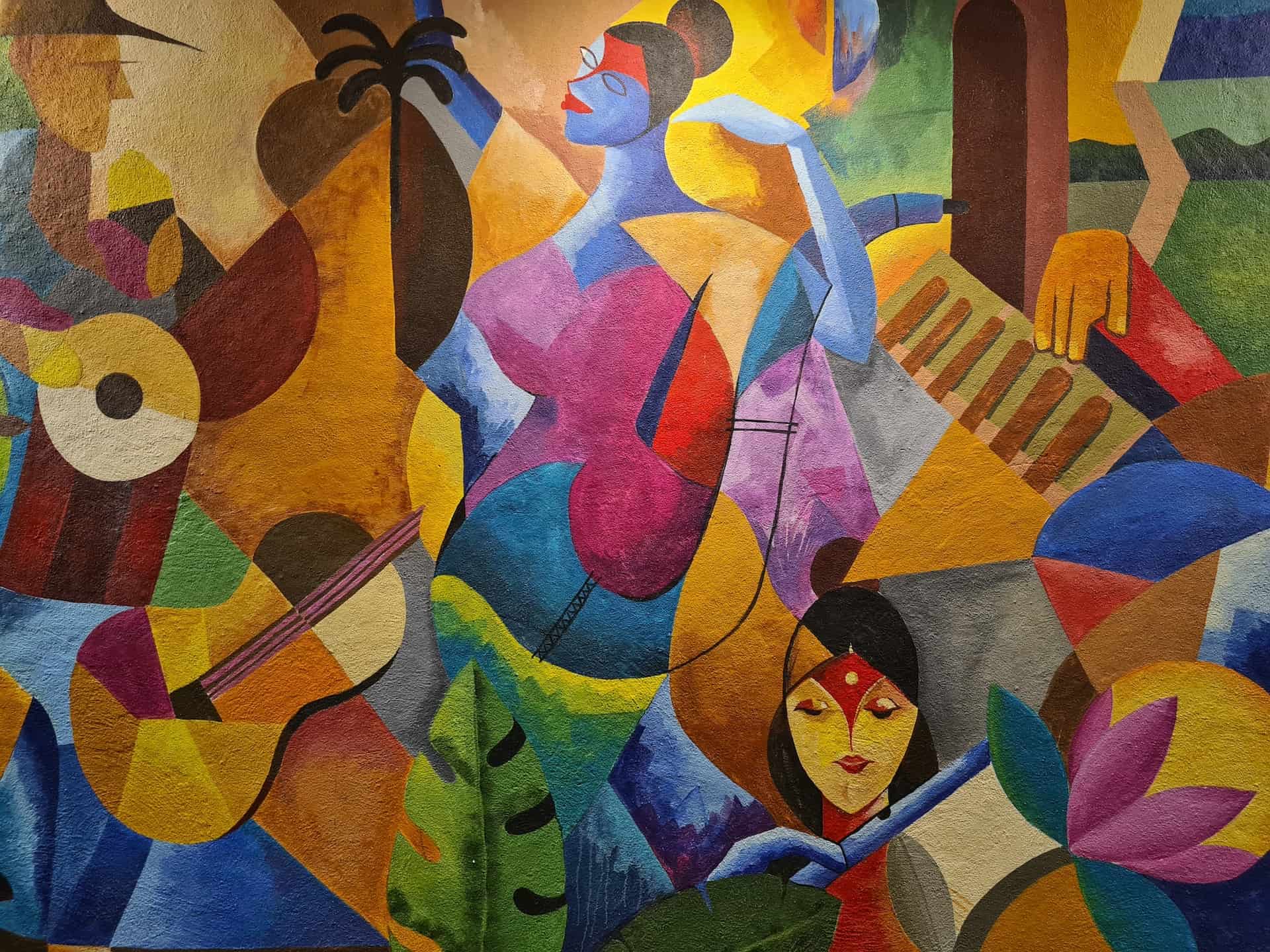Exploring the Diverse World of Artistic Expression: From Surrealism to Abstract Realistic Look
In the world of artistic expression, from the dreamlike landscapes of surrealism to the complex play of light and kind in abstract realistic look, artists have actually continually pushed the borders of creativity and imagination. Each movement holds a special lens whereby the globe is checked out and interpreted, providing a glimpse right into the depths of human feeling, assumption, and assumed. As we discover the complex globe of art, we are offered with a tapestry of styles, methods, and viewpoints that challenge our understanding and provoke contemplation. The journey with these varied kinds of artistic expression assures to unwind an abundant tapestry of aesthetic storytelling and intellectual query that astounds the mind and mixes the spirit.
Surrealism: Releasing the Subconscious
Surrealism, an avant-garde artistic activity of the 20th century, looked into the depths of the subconscious, revealing a world of dream-like images and non-traditional juxtapositions. Headed by artists like Salvador Dali, René Magritte, and Joan Miró, Surrealism sought to test the traditional methods of seeing and understanding art. Via techniques such as automatism and dream analysis, Surrealist musicians aimed to use the unconscious mind to disclose concealed truths and needs.
One of the essential elements of Surrealism was the focus on the unreasonable and the astonishing. By integrating unforeseen elements in their jobs, Surrealist musicians aimed to produce a feeling of disorientation and shock in the audience. This disruption of reasoning and factor was implied to provoke a deeper expedition of the subconscious and the mysteries of the human subconscious.
Abstract Realistic Look: Redefining Perception
Challenging standard creative borders, Abstract Realism redefines assumption through the combination of identifiable aspects with abstract types. This innovative strategy to art incorporates the representational accuracy of realistic look with the imaginative freedom of abstraction, providing viewers a special visual experience that motivates them to examine their perception of truth.
In Abstract Realism, musicians strive to catch the essence of their subjects while also instilling their work with a feeling of deepness and complexity via abstract components. By blending the accustomed to the strange, these artists invite target markets to involve with their items on multiple degrees, encouraging them to check out the subtleties of shade, kind, and texture.

Cubism: Fragmentising Reality
Using geometric forms and fragmented point of views, Cubism changed the imaginative depiction of reality in the early 20th century. Developed by Pablo Picasso and Georges Braque, Cubism looked for to test conventional concepts of point of view and representation. By breaking down items and figures into geometric shapes and offering them from numerous point of views at the same time, Cubist artists aimed to record the significance of the subject as opposed to its literal look. This strategy not just deconstructed truth yet additionally stressed the flatness of the canvas, leading the way for future abstract art activities.

Cubism can be classified right into two main phases: Analytical Cubism, identified by single color pattern and detailed, fragmented kinds; and Artificial Cubism, which included collection components and brighter colors into the compositions. Through these unique stages, Cubism affected not only painting yet also layout, sculpture, and architecture. trump art. Its impact resounded throughout the art globe, inspiring artists to discover new ways of interpreting and standing for the world around them
Expressionism: Emotions on Canvas
Checking out the depths of human feelings through vibrant and expressive brushstrokes, Expressionism arised as he said a profound creative motion in the very early 20th century. Unlike previous art activities that concentrated on portraying the exterior globe, Expressionism delved into the internal realm of the musician's mind, aiming to evoke raw emotions and prompt visceral responses from visitors.
Expressionist musicians, such as Edvard Munch, Egon Schiele, and Emil Nolde, denied conventional ideas of beauty and realism in support of misshaping type and shade to convey subjective sensations. Making use of exaggerated brushwork, strong colors, and altered figures helped create a sense of anxiousness, alienation, or interest in their jobs.
Among one of the most well-known examples of Expressionism is Munch's "The Scream," which captures the intense anxiety and despair of contemporary life with its swirling, altered number against a blood-red skies. With their emotionally charged works, Expressionist musicians looked for to challenge traditional imaginative standards and supply a window right into the unstable depths of the human soul.
Contemporary Art: Evolving Viewpoints

One of the specifying characteristics of contemporary art is its consistent advancement and ability to adjust to transforming cultural landscapes. Musicians are increasingly including modern technology into their practice, blurring the lines in between the physical and electronic realms. This fusion of tools enables ingenious means of narration and involving with target markets in an extra interactive fashion.
In addition, contemporary art usually offers as a platform for social commentary, dealing with pushing problems such as identity, national politics, and the atmosphere. Artists are using their job to trigger vital conversations and prompt thought, clarifying the intricacies of the world we live in. As point of views remain to advance, contemporary art continues to be a significant and vibrant pressure in shaping our social landscape.
Conclusion
In verdict, the world of creative expression see includes a large range of designs and activities, each with its very own unique method to sharing significance and emotion. From surrealism's expedition of the subconscious to abstract realistic look's redefining of understanding, and from cubism's fragmentation of reality to expressionism's portrayal of emotions, art proceeds to progress and challenge point of views - trump art. Contemporary art reflects the ever-changing world we stay in, providing brand-new means to interpret and recognize the intricacies of our fact
As we explore the multifaceted world of art, we are offered with a tapestry of designs, methods, and viewpoints that challenge our understanding and provoke contemplation. Its impact reverberated throughout the art world, inspiring artists to check out new methods of translating and standing for the world around them.
